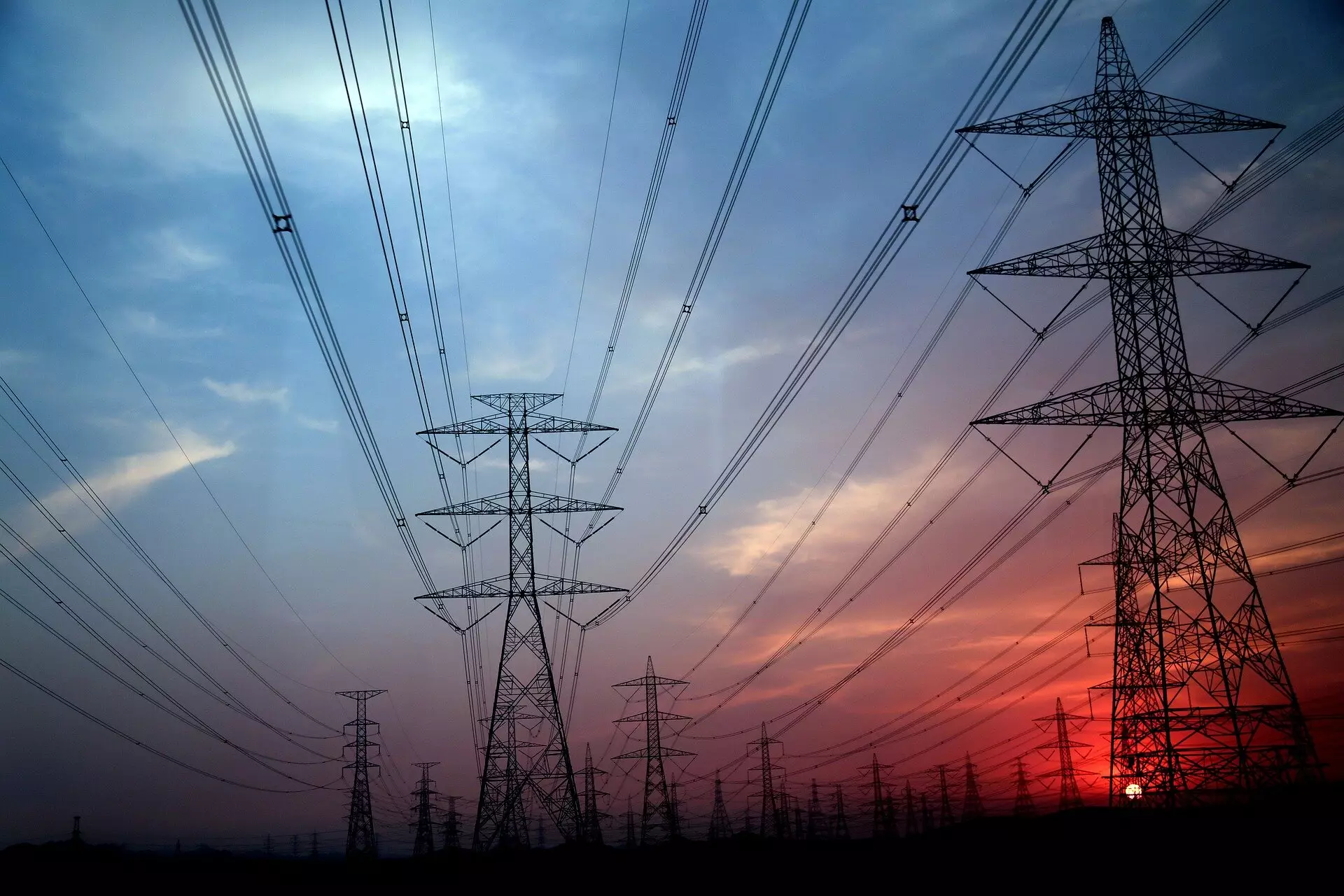The ongoing debate about the future of energy in the United States is marked by a significant shift in policies that favor clean energy solutions, particularly the transition from gas to electricity. As these policies gain traction, scholars and experts from renowned institutions like Stanford and the University of Notre Dame contend that regulators must significantly revamp their strategies to effectively manage this evolving landscape. A recent white paper produced by the Climate and Energy Policy Program at the Stanford Woods Institute for the Environment addresses the urgent need to unify electric and gas utilities through coordinated planning, ensuring a smoother, more cost-effective transition to zero-carbon buildings. This article delves into the implications of such a proposal and the challenges and opportunities it presents.
The landscape of energy provision is experiencing an unprecedented transformation. Historically, electric and gas utilities operated within distinct spheres, catering to separate markets and customer needs. However, the advent of climate-focused policies is creating a new dynamic where these utilities are now competing in areas like building heating and cooking—fields that gas providers have traditionally dominated. As technologies such as electric heat pumps and induction cooking appliances continue to gain efficiency and popularity, gas utilities have begun to respond with defensive strategies aimed at maintaining their market control.
According to the authors of the white paper, the federal Inflation Reduction Act has exacerbated this competition. The Act’s financial incentives for electric appliances have intensified the turf wars between gas and electric utilities, leading to what the authors describe as a “patchwork of duplicative energy monopolies.” This scenario underscores the need for regulators to acknowledge the evolving competition between these utilities, opening doors for innovative regulatory approaches that promote effective coordinated planning.
One of the central tenets of the white paper is the call for state public utility commissions (PUCs) to rethink their regulatory frameworks by treating gas and electric utilities as components of a single, cohesive energy system. The authors argue that maintaining separate planning processes for both sectors not only creates inefficiencies but also places an undue financial burden on consumers. The white paper advocates for a review of current regulatory practices, emphasizing the need for PUCs to consolidate planning efforts, thereby optimizing investments and minimizing stranded assets.
The ramifications of continuing on the current path are dire. If regulators fail to act, gas utilities are likely to invest in new fossil fuel infrastructure that may outlive the current decarbonization timeline, leading to long-term financial risks for consumers and potentially stalling overall progress toward climate goals. By taking proactive steps to unify the regulatory environment, PUCs can play a crucial role in facilitating a swift and equitable transition to a decarbonized energy system, ultimately benefiting all stakeholders involved.
Challenges and Moving Forward
Despite the compelling arguments for a unified approach to energy regulation, the transition will not be without its challenges. Resistance from established gas utilities, wary of losing market share, may impede the adoption of new regulatory frameworks. Furthermore, broader societal issues such as energy equity must be considered. The potential ramifications of regulatory changes on low-income consumers could deter policymakers from pursuing necessary reforms unless equity considerations are adequately addressed.
The discussion surrounding the proposed integration of gas and electric utilities extends beyond efficiency and market stability; it must encompass a robust engagement strategy that includes consumer advocacy and education. Involving various stakeholders early on can foster a collaborative environment, encouraging innovative solutions that prioritize both sustainability and consumer protection during the transition.
As climate goals become increasingly urgent, the need for innovative regulatory frameworks in the energy sector is more critical than ever. By recognizing and managing the competition between gas and electric utilities, regulators can open up avenues for a more coordinated and comprehensive approach to decarbonization. The insights provided in the white paper from Stanford and the University of Notre Dame serve as a potent reminder that strategic planning and unified regulatory efforts are not just beneficial, but necessary for a sustainable energy future.
The time has come for utility regulators to embrace the changing dynamics of the energy landscape. By treating gas and electric utilities as integral parts of a unified energy system, we can pave the way for a more efficient, equitable, and sustainable transition, ultimately safeguarding the environment and protecting consumers in the process. The call is clear: structural change is not just an option; it’s an imperative for the future of energy in America.


Leave a Reply